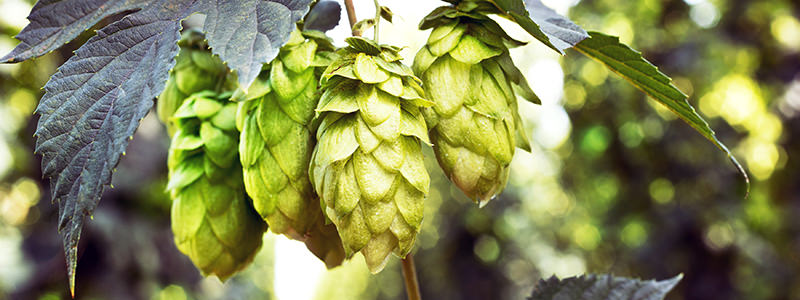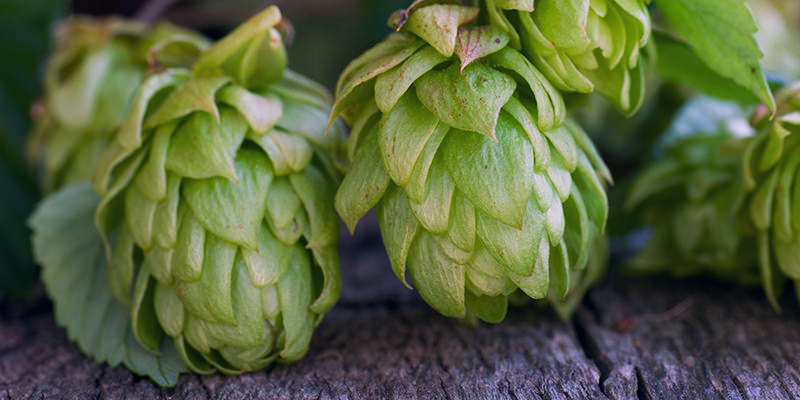 When it comes to the ready availability of sweet hopped beer, you can thank the rise of craft brewing. While hops are used in mass-produced and boutique beers alike, craft beers are likely to use quadruple the amount of hops than their widely-distributed counterparts. But though the results are delicious (nothing says America like a zesty APA), they’re also taxing on the hop industry due to oversupply.
When it comes to the ready availability of sweet hopped beer, you can thank the rise of craft brewing. While hops are used in mass-produced and boutique beers alike, craft beers are likely to use quadruple the amount of hops than their widely-distributed counterparts. But though the results are delicious (nothing says America like a zesty APA), they’re also taxing on the hop industry due to oversupply.
That’s right – the demand for hops looks like it might exceed the supply. According to Mitch Steele, brewmaster of successful craft brewery Stone Brewing Co., “hop usage is outpacing supply.” In fact, Stone Brewing has to order their hops from hop suppliers years in advance. And Stone is one of the luckier breweries. Steele insists that many beer-making facilities have had to close up shop in part due to the lack of hops.
 You might be asking why these craft breweries who take pride in production method and ingredients don’t just grow their own hops – because right now most of them don’t – instead of contracting out and purchasing their hops elsewhere, like from the Yakima Valley, which is responsible for over 75% of the hop production in the US. The answer is because hops are expensive – and difficult – to cultivate. If breweries wanted to grow their own hops, they’d have to construct 18-foot high trellis systems that allow the hop plants room to shoot up. The cost of this is between $8,000 and $10,000 an acre, and takes plenty of farming TLC. It would be a particular challenge for urban breweries in less welcoming climatic conditions.
You might be asking why these craft breweries who take pride in production method and ingredients don’t just grow their own hops – because right now most of them don’t – instead of contracting out and purchasing their hops elsewhere, like from the Yakima Valley, which is responsible for over 75% of the hop production in the US. The answer is because hops are expensive – and difficult – to cultivate. If breweries wanted to grow their own hops, they’d have to construct 18-foot high trellis systems that allow the hop plants room to shoot up. The cost of this is between $8,000 and $10,000 an acre, and takes plenty of farming TLC. It would be a particular challenge for urban breweries in less welcoming climatic conditions.
It’s important however to not go into a panic about an impending hop shortage; the growing hop demand poses a great opportunity for agriculture entrepreneurs. Just as craft beer opened up a new career path for thousands of eager-eyed millennials, hop fever opens the gates up for farming disruption. Who knows? Maybe craft hopperies are on their way to becoming real entities.
H/t ABC News
